When most muscle cars were fading into history books, the Pontiac Firebird—especially the Trans Am—managed to stick around. It didn’t survive on raw horsepower alone. As emissions tightened and insurance rates climbed, Pontiac leaned into style, presence, and pop culture appeal.
From track-ready Super Duty cars to t-top cruisers with giant hood birds, the Firebird evolved with the times. It might’ve lost some bite, but it never lost its identity. Through performance dips, regulation hits, and Hollywood spotlight, Pontiac’s ponycar kept the brand alive—and on the map.
1967: The Firebird Makes Its Debut
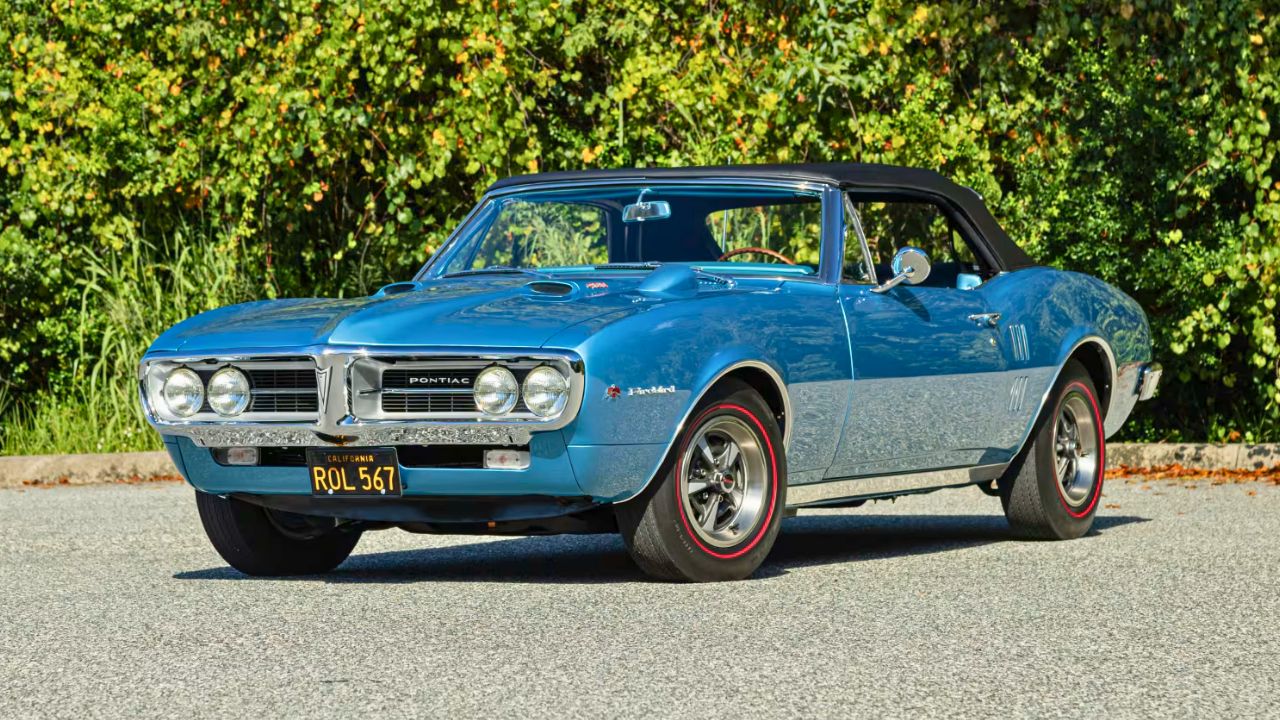
Pontiac introduced the Firebird in 1967 to compete with the wildly successful Ford Mustang and its cousin, the Chevy Camaro. Built on the F-body platform, the Firebird was distinctly Pontiac thanks to its split grille, unique engine choices, and upscale interior trim.
Buyers could choose from a 230ci inline-six or a range of V8s, including the high-compression 400. The top dog was the 325-hp Firebird 400, which made it clear Pontiac wasn’t here to play backup. From day one, the Firebird was aimed at buyers who wanted more than badge engineering.
1969: The Trans Am Takes the Spotlight
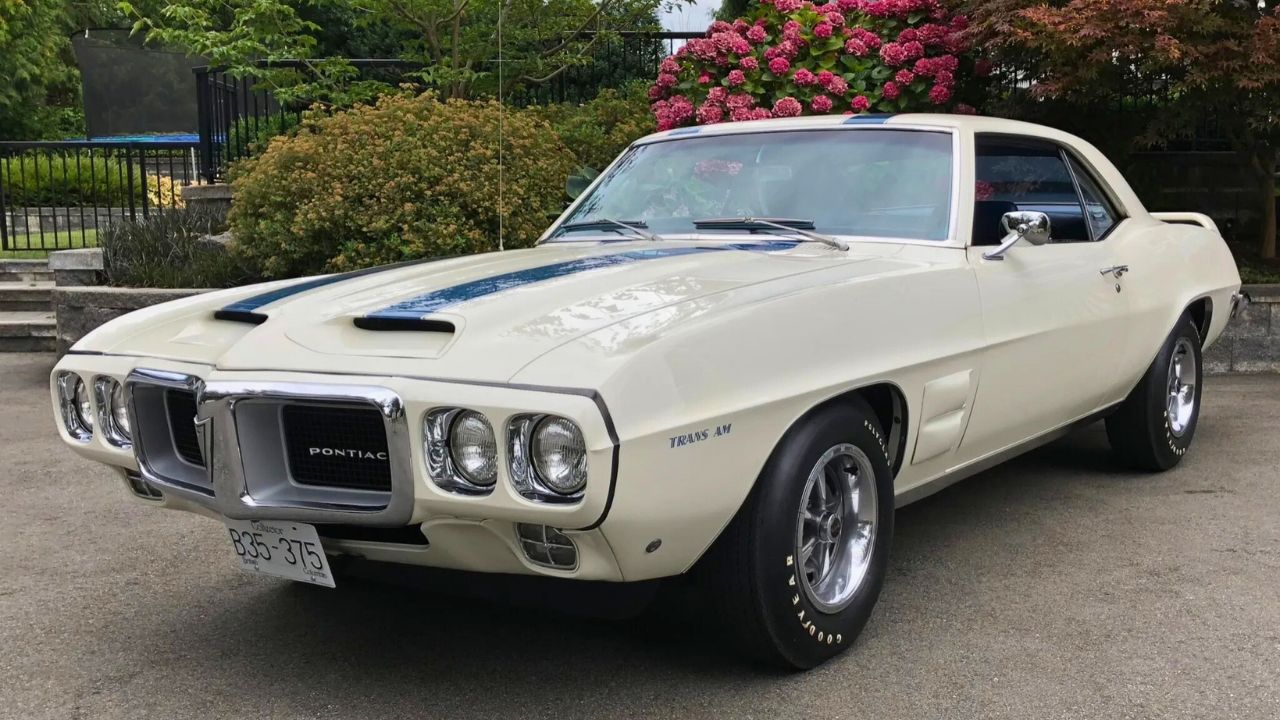
In 1969, Pontiac introduced the Trans Am as a high-performance Firebird variant named after the SCCA Trans-Am racing series—ironically, it never raced there. The first-year T/A came standard with the Ram Air III 400, while the Ram Air IV was optional.
Only 697 were built, making it one of the rarest muscle cars of its era. Finished in white with blue stripes, it set the tone for Pontiac’s performance image going into the 1970s. Though short-lived in its first run, the Trans Am was just getting started.
1970: A New Look and a Serious Engine
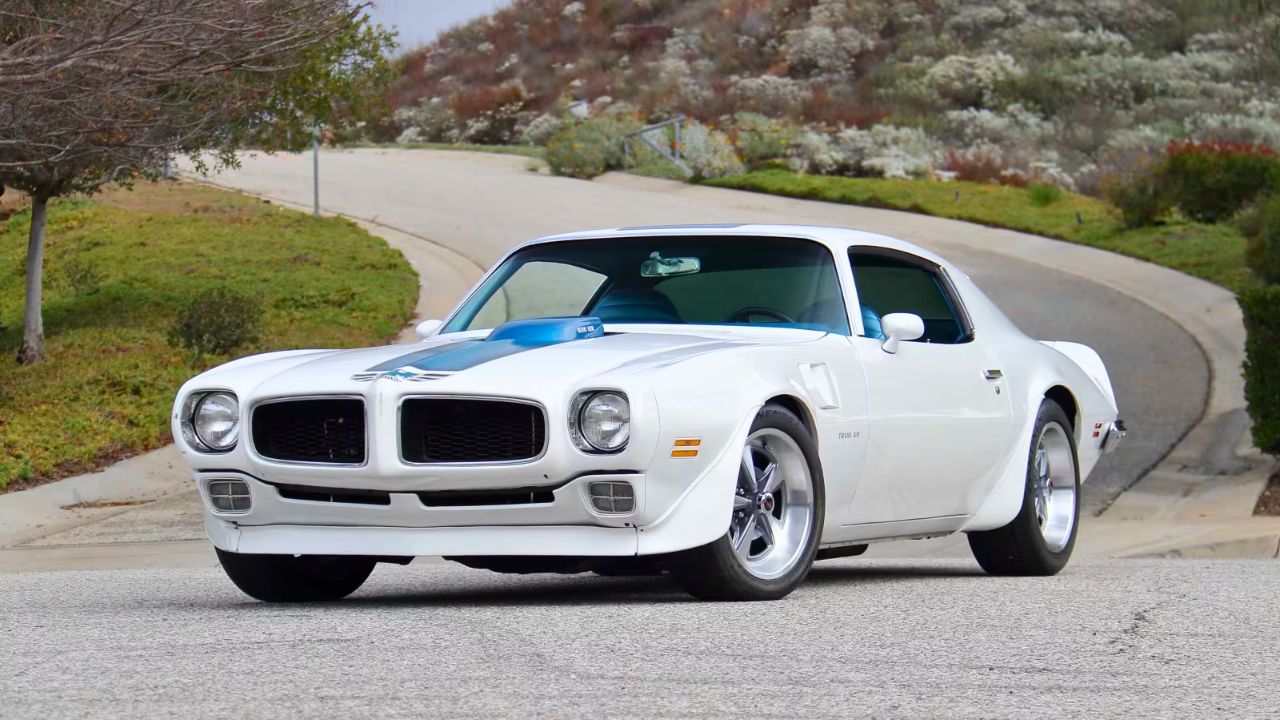
The 1970 Firebird launched the second generation, with sleeker, more European-inspired styling and a more aerodynamic shape. The Trans Am returned with a functional shaker hood and aggressive fender vents, available with the L74 Ram Air III or the limited Ram Air IV.
Horsepower reached 370 in the Ram Air IV, and the new 455 HO option was waiting in the wings. This was Pontiac’s attempt to blend high-speed touring with raw performance—and for a brief moment, it worked brilliantly.
1973: The Super Duty 455 Arrives

Despite tightening emissions rules, Pontiac surprised everyone in 1973 by introducing the Super Duty 455. It was a factory hot rod, hand-built with reinforced internals, four-bolt mains, and round-port heads. Rated at 310 net horsepower, it was the real deal.
Only 252 SD-455 Trans Ams were built in 1973, and a few more in 1974. These are now considered the last true high-performance muscle cars of the pre-catalytic era. Pontiac may have been under pressure, but it wasn’t done fighting.
1975: Survival Through Style
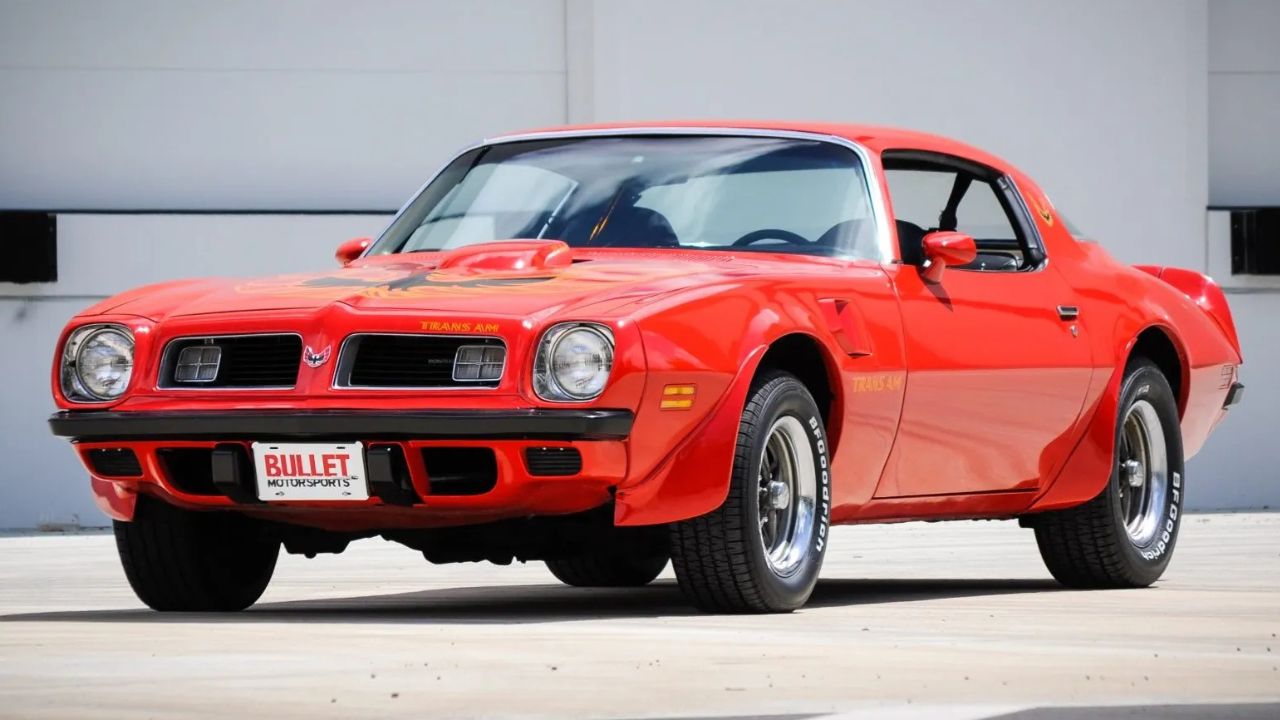
By 1975, muscle was on life support, but the Firebird held on. The Trans Am still offered a 400 V8 and even a version of the 455, though compression and output were down significantly. What Pontiac leaned into instead was styling.
Shaker hoods, screaming chicken decals, flared fenders, and bright paint kept the T/A relevant—even as horsepower figures dropped. Sales actually climbed. Pontiac realized the car’s image was just as important as what was under the hood.
1977: Hollywood Helps the Trans Am
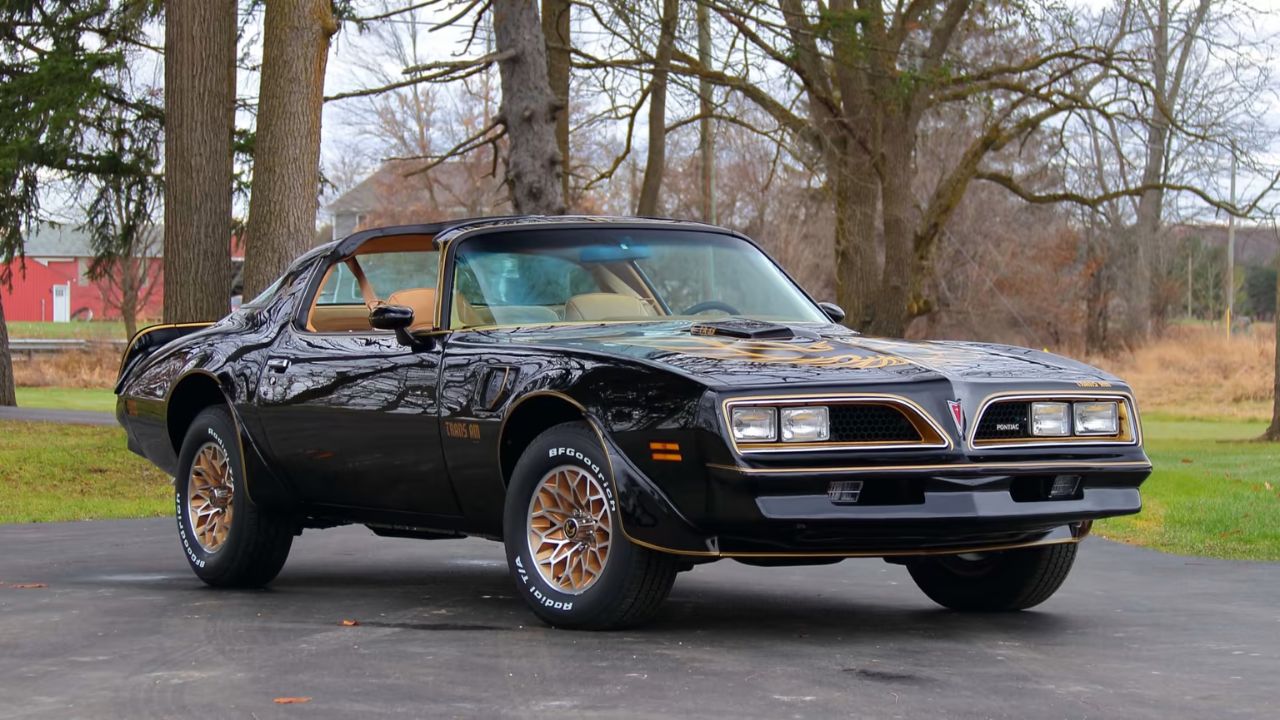
If Pontiac owes its survival to any one moment, it’s Smokey and the Bandit. The black and gold 1977 Trans Am, complete with a 6.6-liter V8 and t-top roof, became an instant icon. Burt Reynolds made it cool; Pontiac just had to build it.
Despite making only 200 hp in most trims, the T/A looked the part—and that’s what mattered to late-’70s buyers. Sales spiked, with over 68,000 Trans Ams sold in 1977 alone. Performance had faded, but popularity soared.
1979: Peak Sales, Declining Output
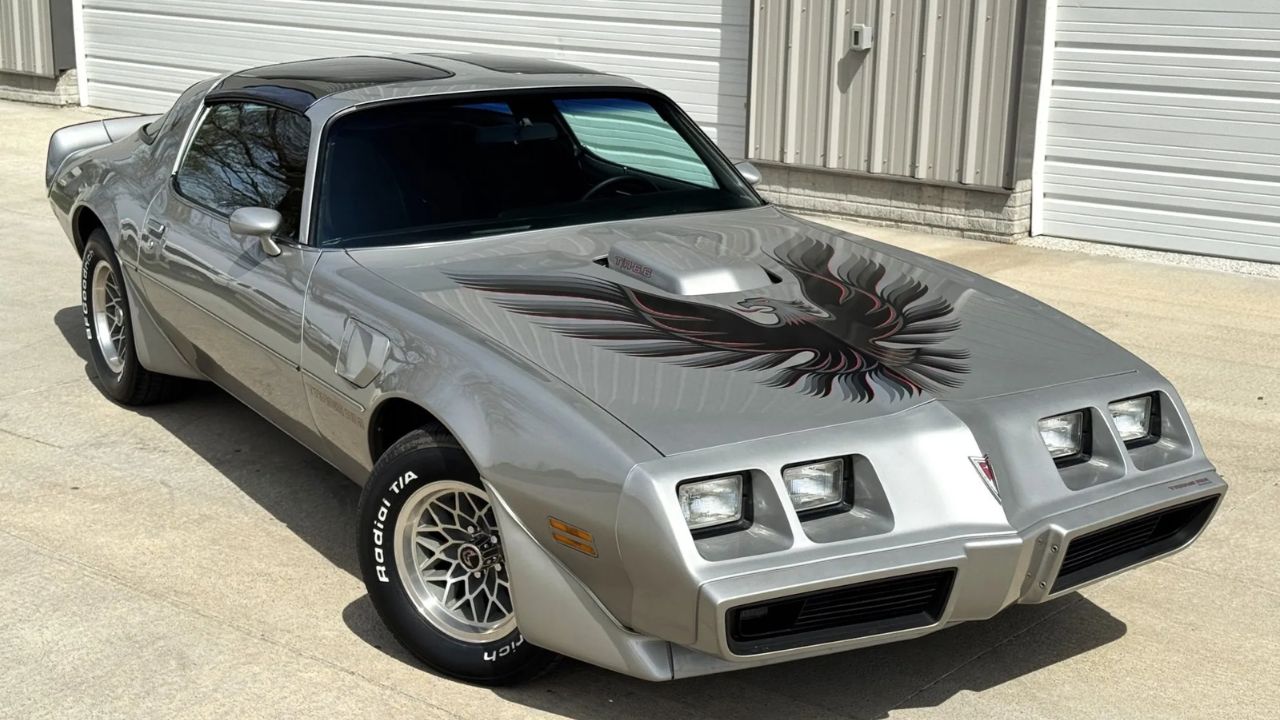
The 1979 model year marked the high-water mark for Firebird sales, with nearly 117,000 Trans Ams sold. The bodywork was tweaked, and special editions like the 10th Anniversary T/A were released with silver paint and full leather interiors.
Engine options ranged from the anemic 301 to the still-respectable 400 in WS6-equipped cars. But this was the end of the line for real displacement. 1979 was the last year for the 400, and Pontiac was about to face the ’80s with less muscle and more marketing.
1980–1981: Turbo Tries to Keep It Alive
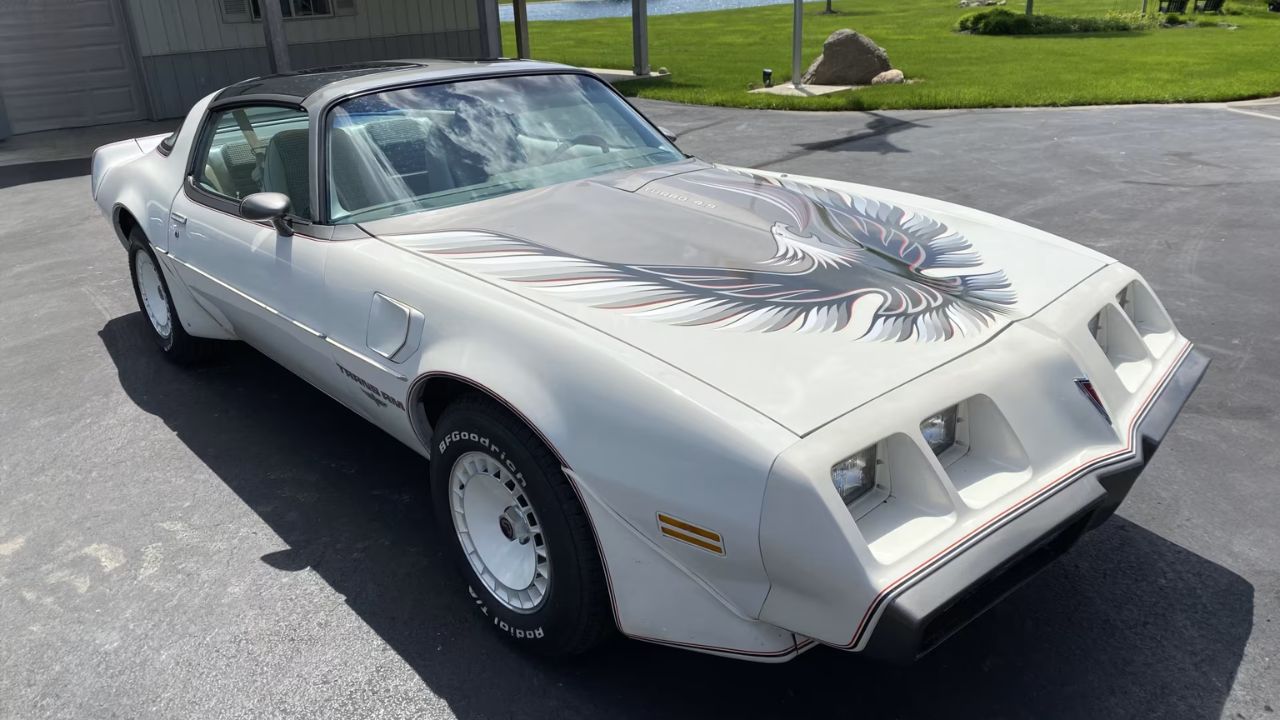
With the big blocks gone, Pontiac turned to a turbocharged 301 to keep the Trans Am performance flame alive. It made around 200 hp, but real-world performance was inconsistent, and heat management issues plagued the setup.
Still, Pontiac doubled down with the 1980–81 Turbo Trans Am Indy 500 pace car editions. They looked fantastic and came loaded with features, but they were heavy, complex, and not particularly fast. The Trans Am was now more about flair than firepower.
Pontiac’s Image Outlasted Its Engines
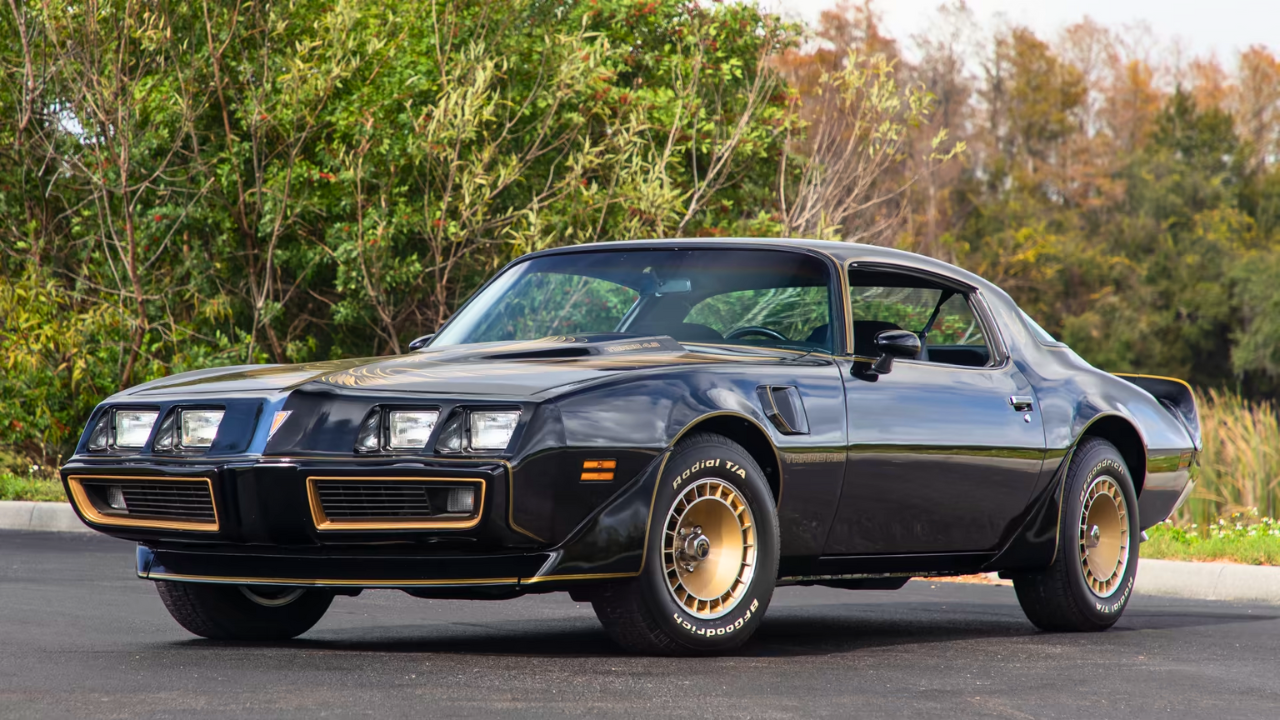
By the early ’80s, the Firebird’s power had faded, but its presence hadn’t. Between movie fame, aggressive styling, and well-executed special editions, Pontiac managed to keep the car desirable. It was more about attitude than ET slips.
The Firebird, and especially the Trans Am, carried the brand through a rough decade. While competitors fell away or softened up, Pontiac kept building something that at least looked like a muscle car. And in those years, that was enough.
Like what you read? Here’s more by us:
*Created with AI assistance and editor review.

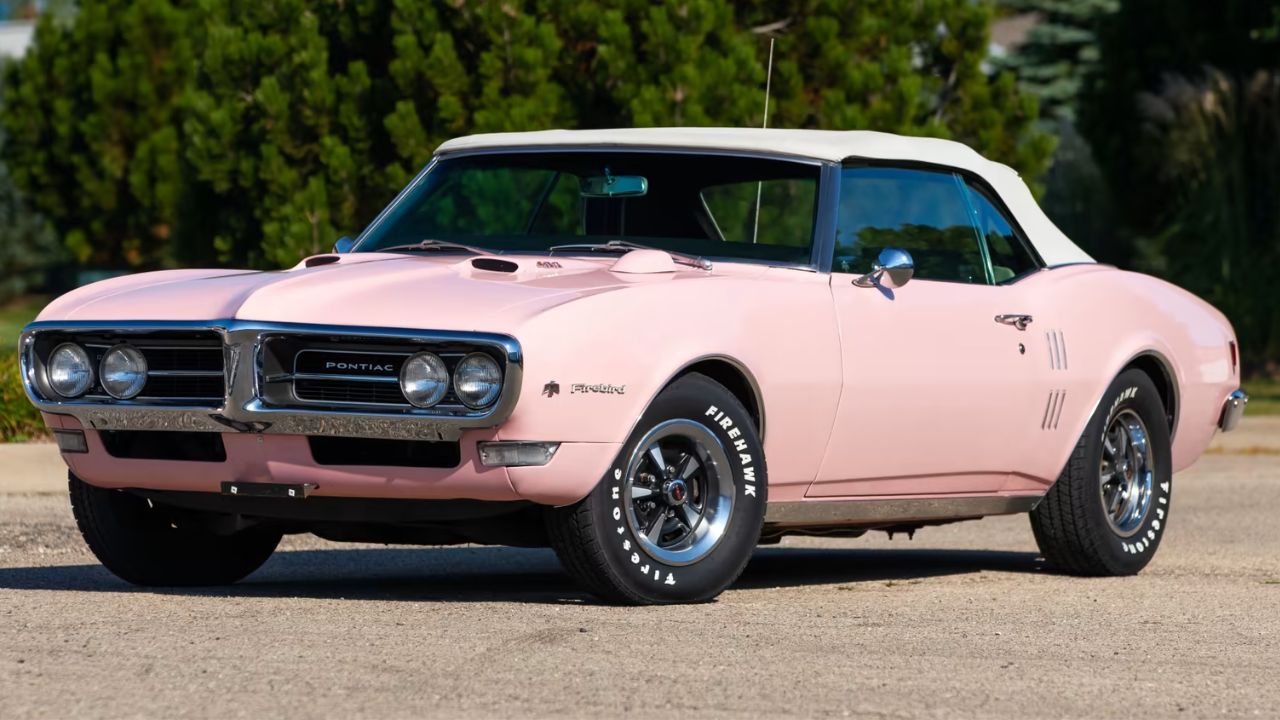
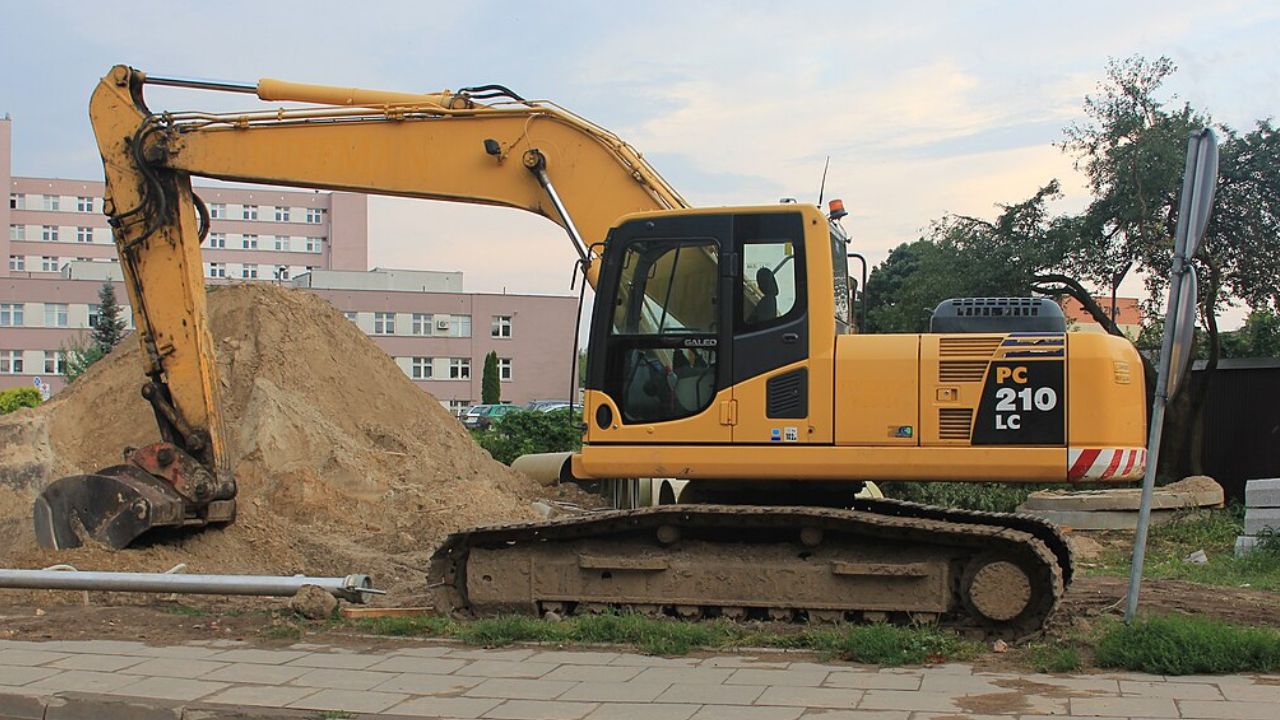
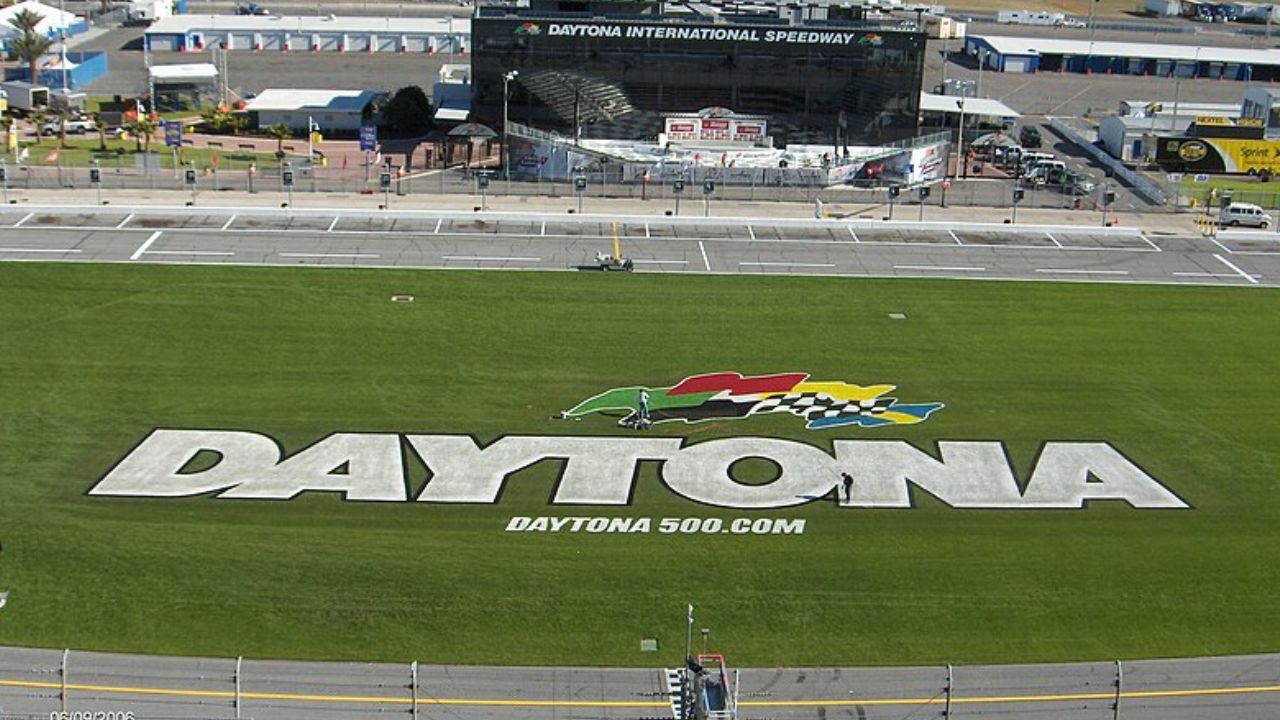
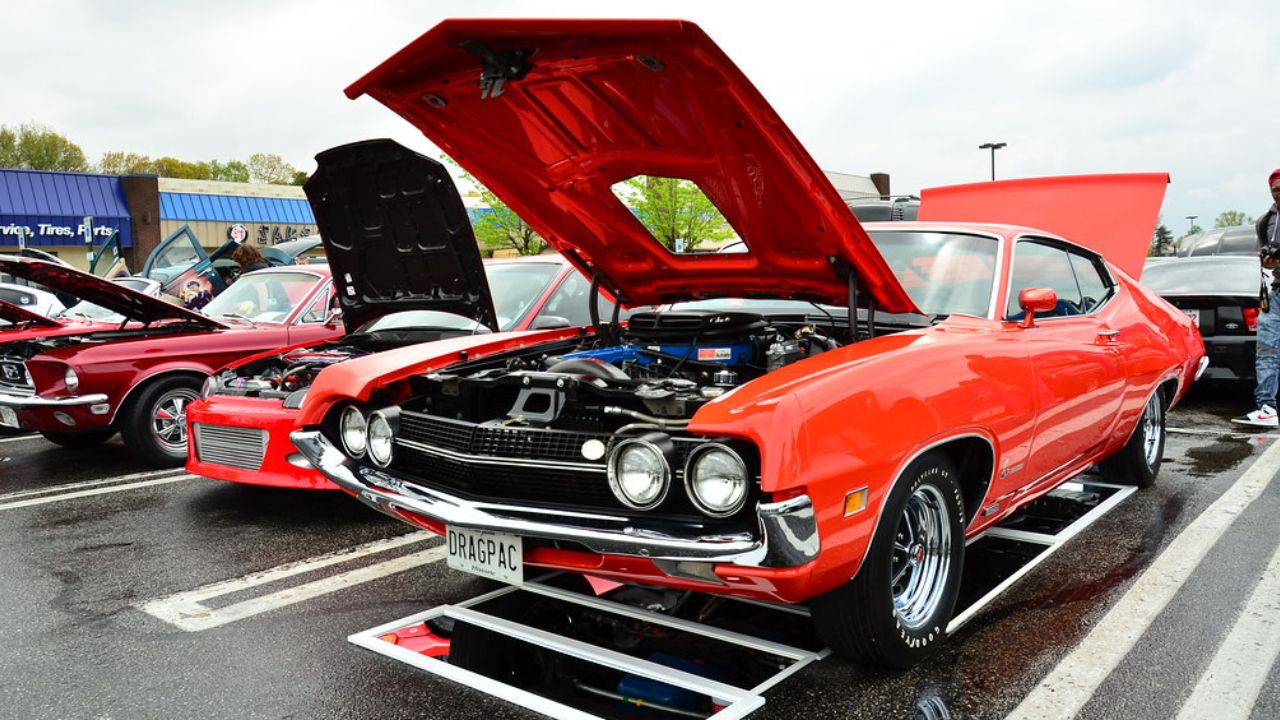

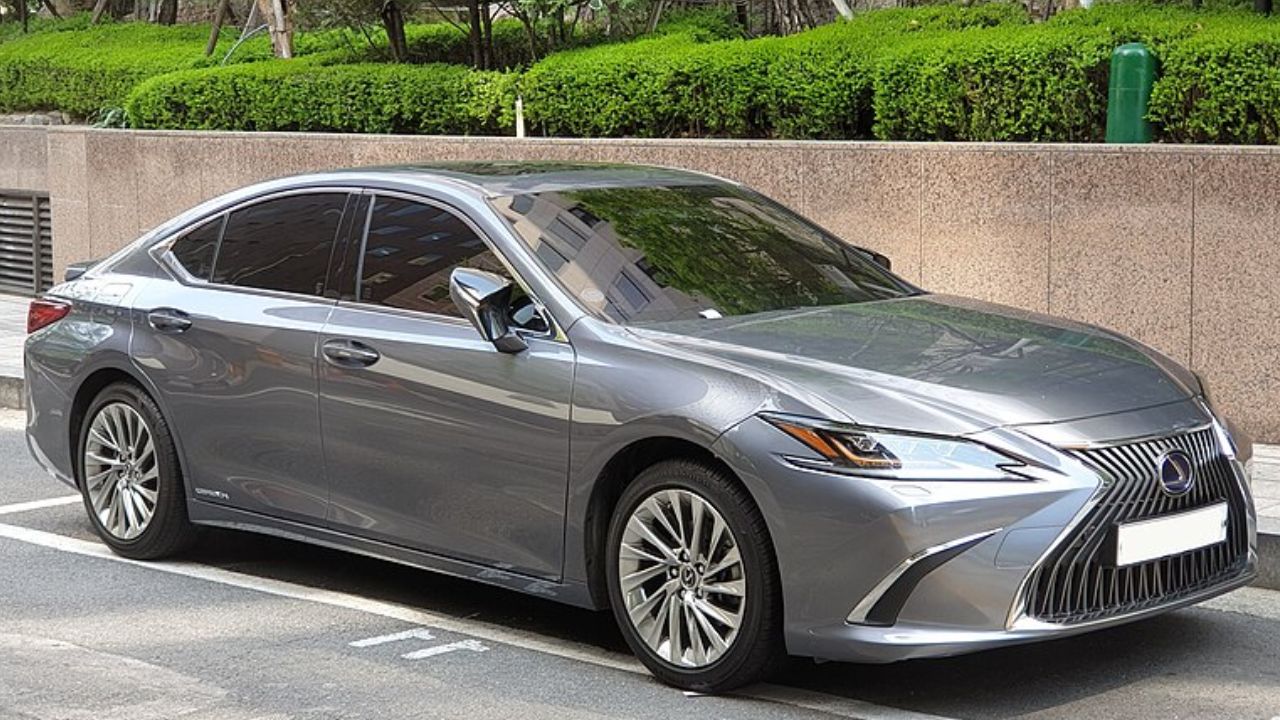
Leave a Reply